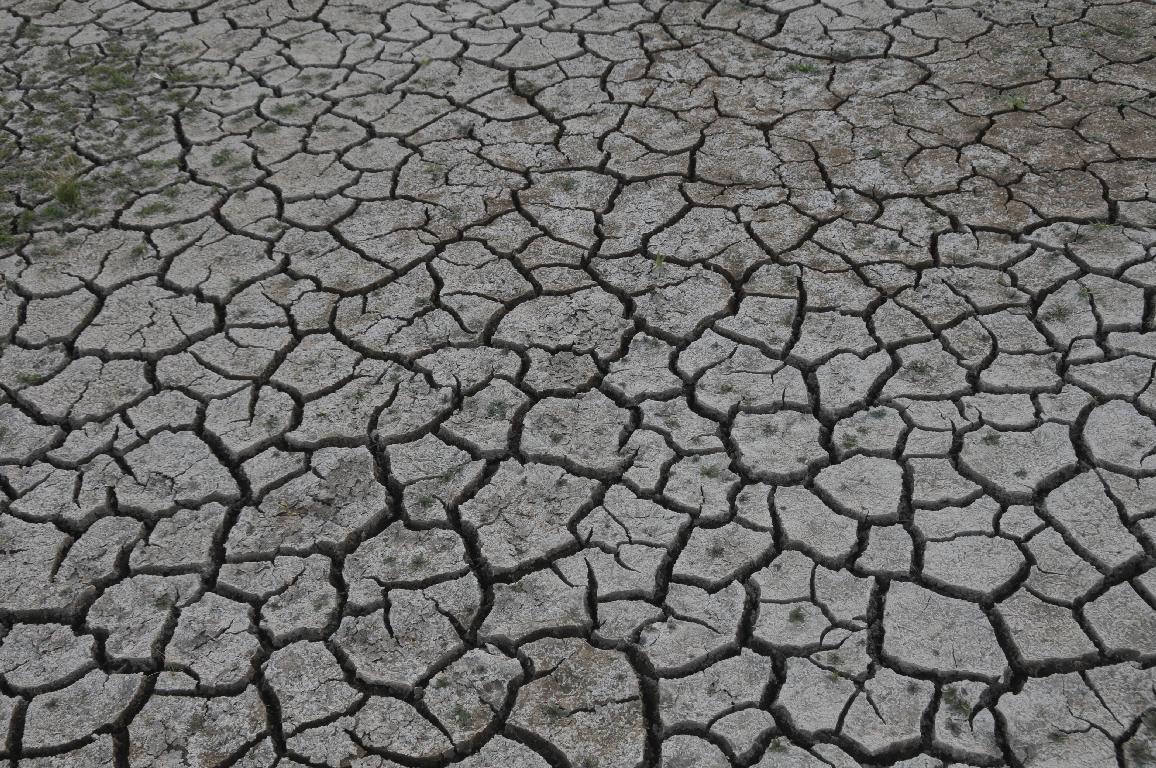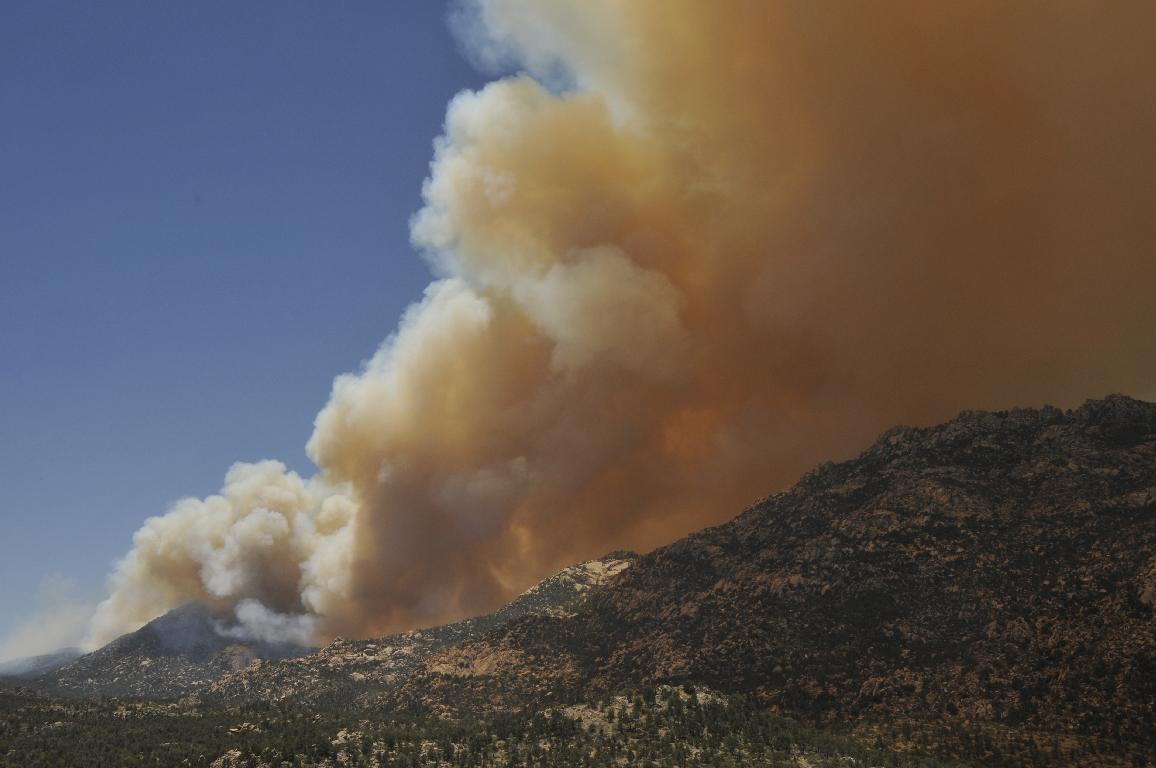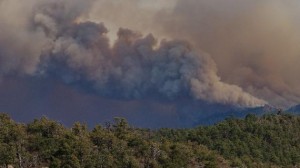A weather forecast of “fair” or “dry and sunny” can get away with a lot. Rain or snow quickly call attention to themselves, but “another sunny day” can hide the cumulative stresses of drought to those of us whose technology provides us with the water and other resources we need. The recent fires remind us how stressed the plants are—ready to burst into flame when provoked.
No one can deny the magic of water. After months of prolonged drought, the plants are so dry that you hesitate to touch them for fear they will disintegrate in your hand. Rub your hand over a patch of moss, and it flakes off like dust. Lizards look parched, desiccated, skeletal. Frogs are nothing but a vague memory. Leaves have dropped from some of the oaks, a necessary sacrifice if they are to make it through the period of stress.
When drought persists for months, you stop expecting rain. Your skin cracks, your nostrils crust with blood, and there is a constant taste of salt on your lips. The sun moves across the sky each day, and the shadows echo its passing. Your own shadow appears less substantial, as if life everywhere has backed off, been reduced to its minimum. Your cracked lips can barely smile at dry humor. Continue reading



